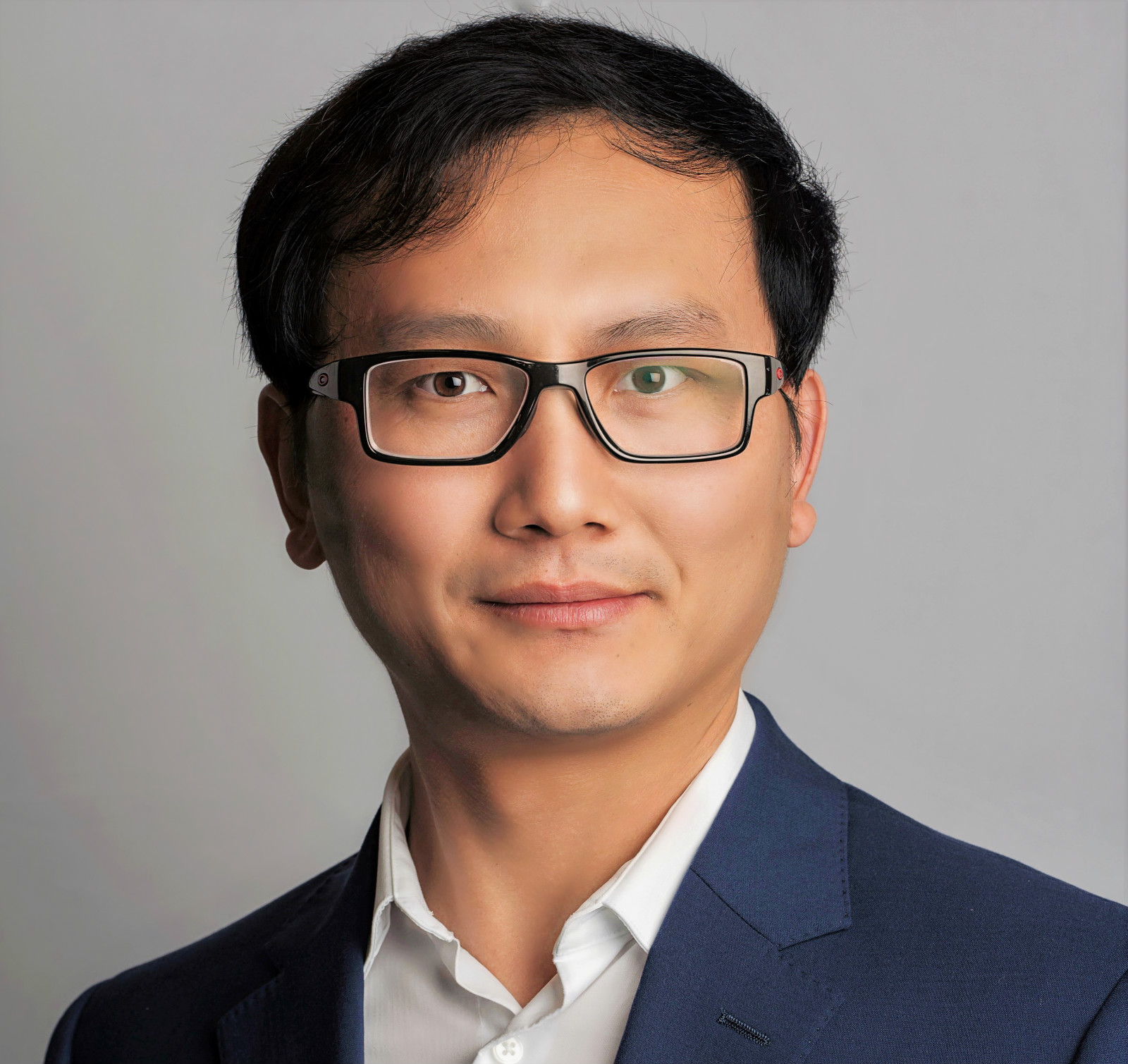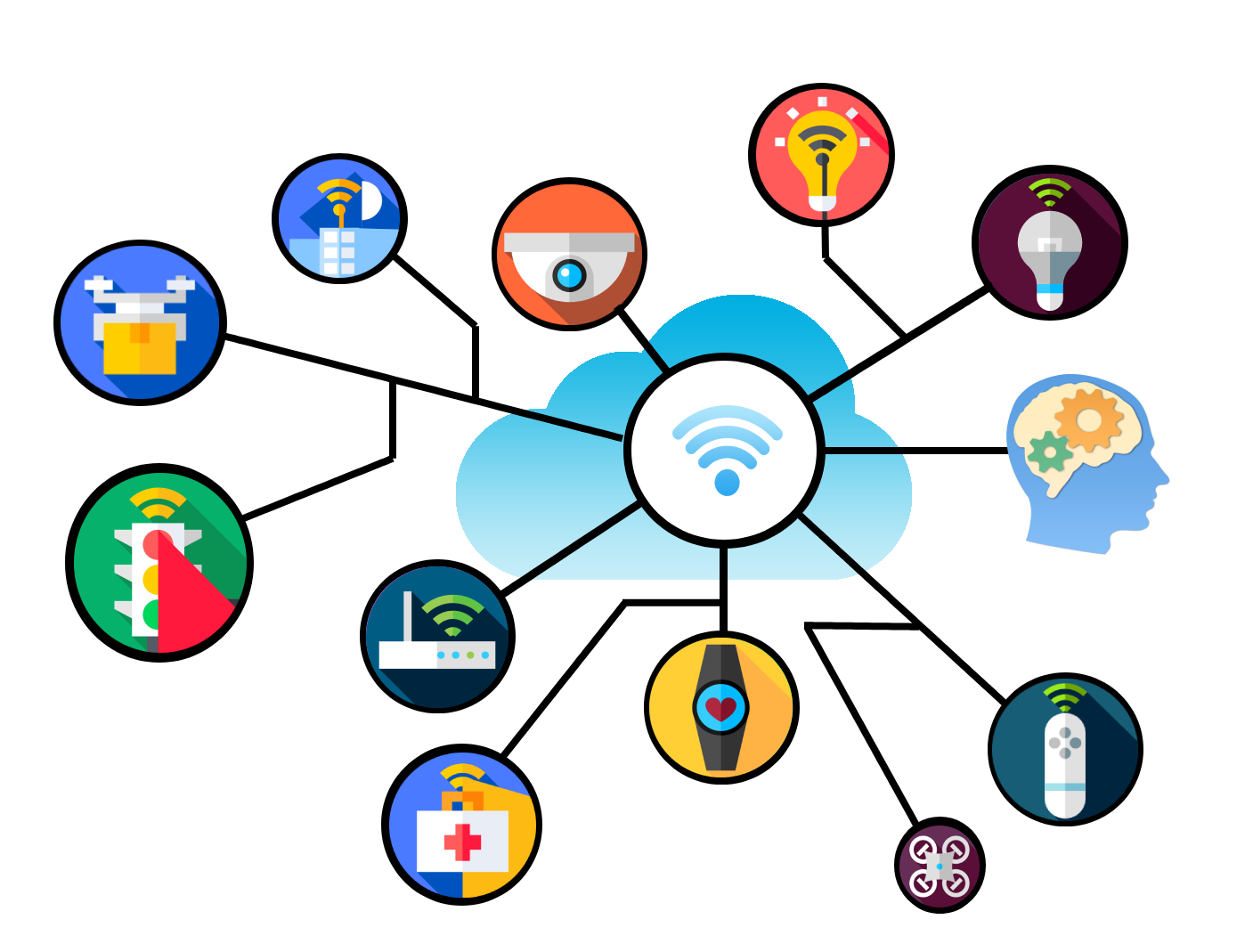

Zhangyu Guan
Assistant Professor
Wireless Intelligent Networking and Security Lab
Department of Electrical Engineering
University at Buffalo, The State University of New York





Address: 221 Davis Hall, University at Buffalo, Buffalo, NY 14260 - 1920
Phone: (716) 645-1147
Email: guan@buffalo.edu

Biography | Research | Publications | Team | Service | Teaching | Curriculum Vitae | Links
Teaching
Spring 2021: Principles of Networking (EE 434/534)
Fall 2020: The Internet of Things: From Technology to Applications (EE 701)
Spring 2020: Programmable Networks (EE 459/559, special topics, for undergraduate/graduate students)
EE 434/534: Principles of Networking
All the class materials will be available on UBLearns.
EE 701: The Internet of Things: From Technology to Applications [download syllabus]
Course Description
Within the last two decades, major breakthroughs in the field of electronics, embedded systems and wireless communications have paved the way for the development of the Internet of Things (IoT). The IoT defines a truly cyber-physical system in which all sorts of physical devices, ranging from sensors and actuators to home appliances and even vehicles, are interconnected and able to autonomously interact with each other. This new form of seamless connectivity is the enabler of many diverse applications in the fields of smart healthcare, home monitoring and automation, environmental monitoring and pollution control, smart grid and infrastructure management, real-time monitoring of industrial processes, and intelligent transportation of people and goods, among many others. The development of the IoT has been the focus of many research initiatives worldwide for almost two decades, and multi-billion investments were and are still being made by both governmental agencies and the private sector.
In this course, the state of the art in communication, networking and data collection technologies for the IoT will be introduced through a series of theoretical lectures and laboratory projects. In the lectures, a flipped classroom strategy will be followed to cover the main steps in the data path, including data acquisition, local data processing, data communication, data stream, data storage & cloud and data analytics. In the laboratory sessions, students will work in teams to realize a specific application of the IoT. The starting point will be state-of-the-art system-on-chip (SoCs) able to support the main technologies for the IoT (including Low-Power Wide Area Network). At the end of the semester, students will demonstrate their project to a broader audience, potentially involving key stakeholders in the IoT realm.
Objectives and Expected Outcomes
This course will provide the students with the advanced competitive skills required to contribute to the development of the IoT.
By the end of the course, students will be able to:
Class Contents
1. Introduction: IoT definition, Use-cases and Business Opportunities
2. Data acquisition: Sensors and fundamentals of circuits
3. Local data processing: IoT boards & SoC
4. Data communication: Wireless technologies for the IoT (WPAN, WLAN, LPWAN)
5. Data stream: Application protocols enabling data stream from the gateway to the cloud
6. Data storage & cloud: Distributed databases, Web semantics, IoT cloud architectures
7. Data analytics: Data mining for the IoT and knowledge extraction
8. System integration: Frameworks and technologies enabling the integration of IoT devices with mobile apps or other smart devices
Prerequisites
Background knowledge in wireless communication, networking and embedded systems is required. Students should have taken Principles of Networking and, ideally, Principles of Cellular Networks, Digital Communication Systems Design and Implementation and/or Embedded Systems.
Course Organization
Grade Distribution
Course Materials
All the class materials will be available on UBLearns.
Invited Seminars
 |
Date: Nov. 3, 2020 Speaker: Pedram Johari [Website] Associate Research Scientist, Institute for the Wireless Internet of Things, Northeastern University Topic: LoRa Implementation Challenges: A Technical Breakdown from Hardware Design to User Interface [Slides] [Video] |
 |
Date: Nov. 5, 2020 Speaker: Raffaele Guida [Website] Research Assistant, Institute for the Wireless Internet of Things, Northeastern University Topic: Intra-body Communication Systems and Networking [Slides] [Video] |
 |
Date: Nov. 10, 2020 Speaker: Lorenzo Bertizzolo [Website] Research Assistant, Institute for the Wireless Internet of Things, Northeastern University Topic: Toward Autonomous, Software-Defined Networks of Wireless Drones [Slides] [Video] |
 |
Date: Nov. 12, 2020 Speaker: Emrecan Demirors [Website] Research Assistant Professor, Institute for the Wireless Internet of Things, Northeastern University Topic: Underwater Communications and Networking [Video] |
Class Gallery (Full Gallery)

Students of EE701 participated in the 1st Buffalo Wireless Day for 5G and IoT on Nov. 22, 2019 and demonstrated their projects. |

"LoRa-based Lock Monitoring Technology", by Benjamin Leising, Shibo Yang, Jiangqi Hu, Margaret Donnelly, and Xiaowen Tian. |

"SMART farmING - Infer, Nurture, Grow", by Daniel Sampaio Brazil, Abhishek Samvedi, Vaishali Srinivasan, Soundarya Rajesh, and Komala Sruthi Pilladi. Video by Daniel: https://youtu.be/EPduOiz1FtY |

"Parking Spot-IFY (SPOT-I Found You)", by Rajat Kumar Obheroi, Shreedhar Sampath Kumar, Souratendu Praharaj, and Zameer Ansari. Video presentation: https://youtu.be/PhXgebjE65Y |

Government track of the 1st Buffalo Wireless Day: Oluwole (O.J.) McFoy, the general manager of the Buffalo Sewer Authority, talked about how to build a smart city in Buffalo based on 5G and IoT technologies. |

Industry track of the 1st Buffalo Wireless Day: KeepTruckin (demonstrating their systems for "Internet of Trucking Things") and Ubicquia (demonstrating their IoT-based intelligent lighting system) interacting with participants from Verizon Wireless. |
EE 459/559: Programmable Networks [download syllabus]
Course Description
This course will cover the state of the art in programmable 5G wireless networks and next-generation Internet of Things (IoT). The course will provide a brief overview of 5G networks and IoT and the basic principles and theories of wireless network control and optimization. Then the course will focus on software-defined programmable wireless networking. The following topics will be covered: i) software-defined networking (SDN), including OpenFlow and ONOS (open network operating system), and their applications in wireless networking; ii) software-defined radios (SDR), focusing on GNU-Radio-based wireless system design; iii) SDN-like wireless network control, where WNOS (wireless network operating system) and WiCOS (wireless cellular operating system) will be discussed; and finally iv) the state-of-the-art software-defined experimentation approaches based on Platforms for Advanced Wireless Research (PAWR) will be introduced. The course will be offered to both undergraduate and graduate students. At the end of the semester, students will demonstrate their projects in the class related to software-defined and programmable wireless networks.
Textbook
There is no textbook. The materials will be based on (1) notes from the instructor and (2) research papers from top conferences in wireless networking.
Office hours: Friday 13:00pm-14:00pm or by appt. (221 Davis Hall)
Project: 2nd Spectrum Challenge at University at Buffalo (UBSC 2020)
Topic: Coming soon...
Programming Language: Python, C++
Experimentation Platform: UB NeXT, NSF PAWR Platform: POWDER


|
| Experimentation platform for UBSC 2020: UB NeXT (left) and NSF PAWR Platform POWDER-RENEW (right) |
Best Demo Award for UBSC 2020: Will be announced at the end of the semester.
Past UBSC Events:



|
| Class Project Demonstration of UBSC 2019 |


|
| Best Demonstration Award Ceremony of UBSC 2019 |

